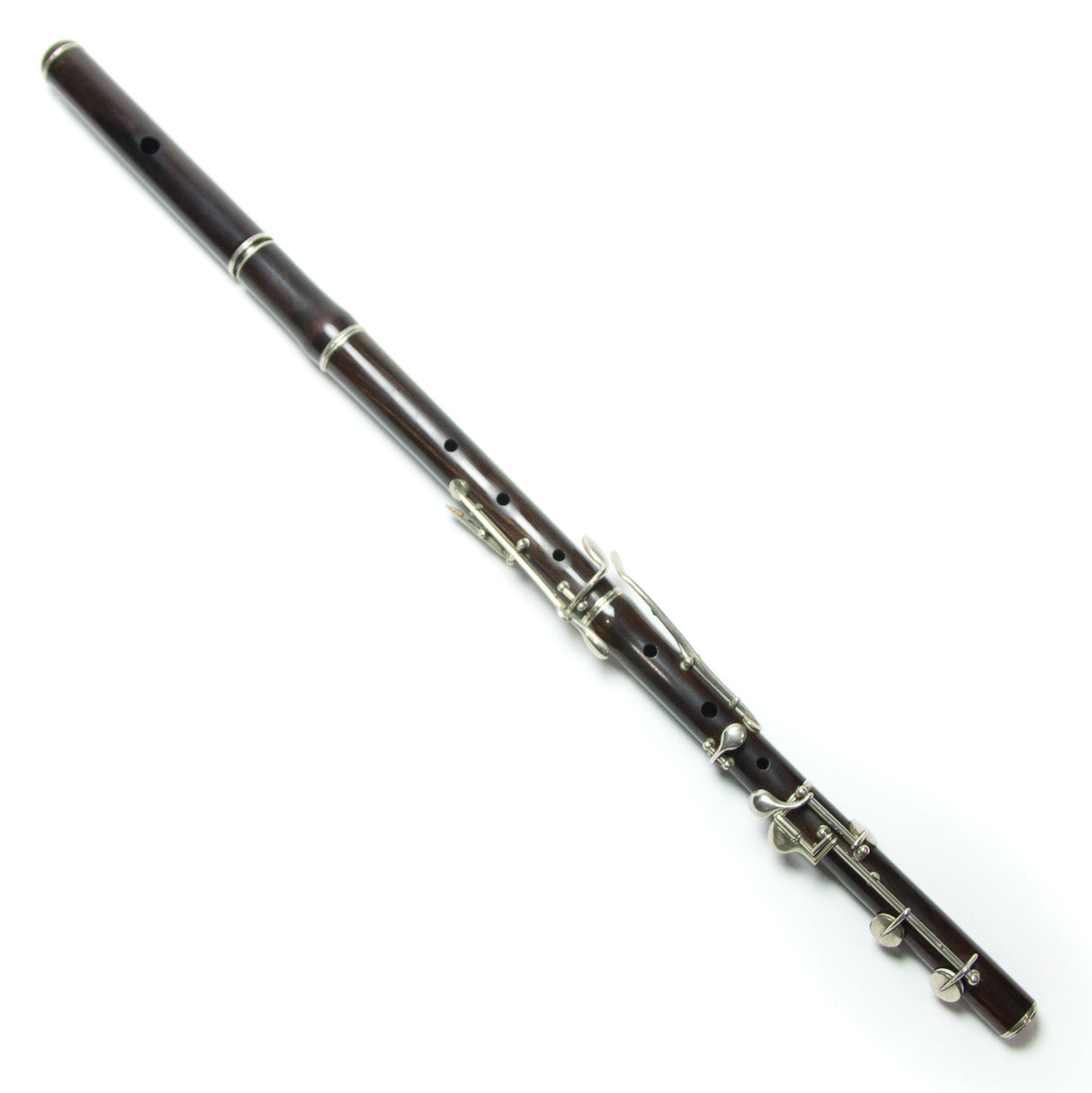Bolero trombone, and tying into a familiar tuba topic
Posted: Sun Nov 03, 2024 1:13 pm
Last night, I was part of the most exciting performance of Bolero that I've ever been involved with or heard live. Everyone played their solos magnificently and very expressively. (The normally-principal bassoon moved over to second bassoon for that piece and also covered both of the saxophone solos - one after the other - absolutely as well as I've ever heard either of those solos played (including recordings). The second bassoon - who moved to principal for this piece - played the bassoon solo wonderfully.) The time stayed perfect throughout - with an amazing snare drum player, the intonation was impeccable throughout, the effect of the super-long crescendo was obvious (rather than some of the intermediate statements being out of proportion in the crescendo, which happens with some performances) perfectly executed.
================
My subtopic - still having this piece on my mind - is the size of the trombones that - at least - Americans use to play the Bolero trombone solo. Not only the solo, but they have to come back and play it at least once or twice more (and extremely loudly) "avec ensemble".
The principal trombone is a very mature (septogenarian) and a very top echelon schooled player with quite an instructional pedigree. This defines their trombone-playing views very conservative, and very (I would say) 1970s-oriented towards equipment. That was a time when anything that could be come up with which was bigger was considered better. Against their own teaching and traditions (to their credit, in my view), they brought a .525" bore instrument to play this concert and played it really well, but they still used a really large mouthpiece to play that instrument, it just seems to me that something like Bolero could best be played on something no larger than a .490" to .510" bore range trombone with a 7 1/2" or 8" bell, and some sort of mouthpiece between the 7C and 12C size range (and with a small throat). Yes, this would require them to spend a lot of time becoming acclimated to that instrument and that mouthpiece, but many of us who play tubas (plural) do that sort of thing all the time, and that includes our exposed passages. It just still seems to me to be a bit of athletic event to place such a high and exposed solo (with all of the special characteristics within that solo) with a big trombone, and .525" bore trombones with symphonic mouthpieces are still pretty darn big trombones. Of course, it's absolutely none of my business, but that doesn't keep us (certainly not me) from having opinions about all sorts of things, does it?
I've also mentioned the same thing in another thread, and referred to Wade's thread about wondering if we who owns 6/4 size tubas tend to always feel like we ought to bring them, lest we be judged - or judge ourselves - as "cheating" or some such. (For what it's worth, I left my 6/4 size tuba at home and brought a smallish 4/4 size contrabass tuba to play this concert, and will refer to Unclebeer's comment about this - sonic efficiency - as well as his agreement with his renowned teacher regarding this as well.)
================
My subtopic - still having this piece on my mind - is the size of the trombones that - at least - Americans use to play the Bolero trombone solo. Not only the solo, but they have to come back and play it at least once or twice more (and extremely loudly) "avec ensemble".
The principal trombone is a very mature (septogenarian) and a very top echelon schooled player with quite an instructional pedigree. This defines their trombone-playing views very conservative, and very (I would say) 1970s-oriented towards equipment. That was a time when anything that could be come up with which was bigger was considered better. Against their own teaching and traditions (to their credit, in my view), they brought a .525" bore instrument to play this concert and played it really well, but they still used a really large mouthpiece to play that instrument, it just seems to me that something like Bolero could best be played on something no larger than a .490" to .510" bore range trombone with a 7 1/2" or 8" bell, and some sort of mouthpiece between the 7C and 12C size range (and with a small throat). Yes, this would require them to spend a lot of time becoming acclimated to that instrument and that mouthpiece, but many of us who play tubas (plural) do that sort of thing all the time, and that includes our exposed passages. It just still seems to me to be a bit of athletic event to place such a high and exposed solo (with all of the special characteristics within that solo) with a big trombone, and .525" bore trombones with symphonic mouthpieces are still pretty darn big trombones. Of course, it's absolutely none of my business, but that doesn't keep us (certainly not me) from having opinions about all sorts of things, does it?
I've also mentioned the same thing in another thread, and referred to Wade's thread about wondering if we who owns 6/4 size tubas tend to always feel like we ought to bring them, lest we be judged - or judge ourselves - as "cheating" or some such. (For what it's worth, I left my 6/4 size tuba at home and brought a smallish 4/4 size contrabass tuba to play this concert, and will refer to Unclebeer's comment about this - sonic efficiency - as well as his agreement with his renowned teacher regarding this as well.)

